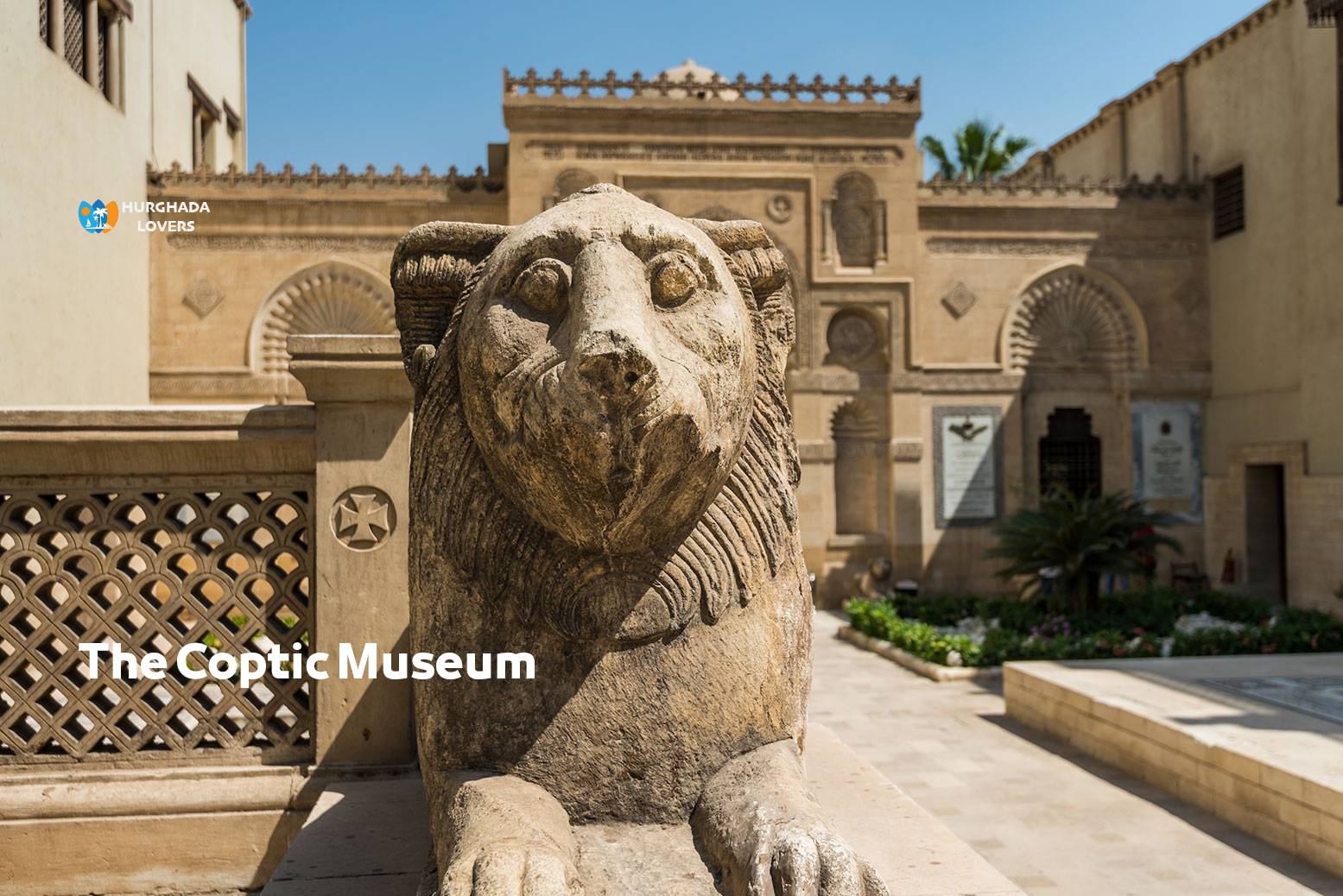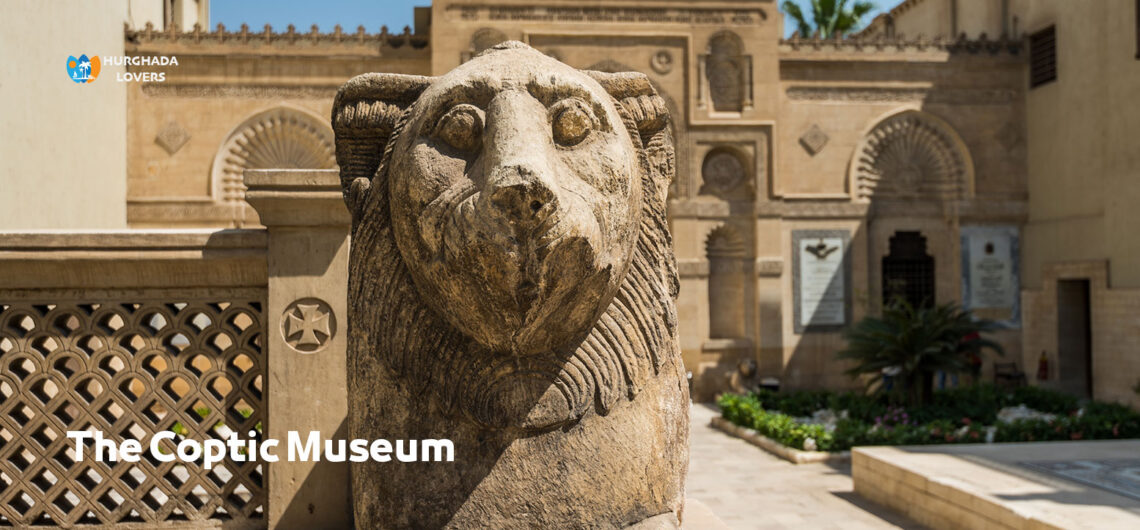The Coptic Museum in Cairo Egypt | Facts The Egyptian Museums, Map, History, Ticket price, Opening hours and more…
Facts and history of the construction of the most important historical museums of Egypt, the most important manuscripts and murals that they contain, what are the working hours, the prices of entrance tickets and more.
This archaeological museum was located inside ancient Egypt within the boundaries of the famous Babylon fortress, whose remains are still present and remain behind the museum building.
Hurghada lovers Offer Luxury Hurghada to Pyramids Tours | El Gouna to Pyramids Tours | Makadi bay to Pyramids Tours | Sahl Hasheesh to Pyramids Tours | Soma bay to Pyramids Tours .
The Coptic Museum
The most important historical heritage museums in Cairo, Egypt. The date of creation of the museum and what are the most important collections, existing icons, and manuscripts, visit dates, ticket price, interior decoration and more.
One of the highlights of the Egyptian capital, dating back to the late 19th century.
Interest in Coptic art was revived in the late 19th century, when Mr. Gaston Maspero (the current founder of the Egyptian television building) and the French Egyptologist collected many Coptic pieces in rooms dedicated to the Egyptian Museum.
Date of creation of the Coptic Museum in Cairo
In 1908, after receiving the approval of the Orthodox Patriarch Kirolos V, Morcus Semika Pasha managed to establish the Coptic Museum based on a project dedicated to the construction of a church.
The museum opened in 1910, then again in 1984 after restoration, and officially became a state museum in 1931.
In 1939, the Ministry of Antiquities decided to transfer all Christian monuments exhibited in the Egyptian Museum to the Coptic Museum.
What’s in the Coptic Museum in Cairo?
In the flanks of the museum, you will find funerary paintings dating from the second to the 5th century AD, which clearly refer through their artistic style of Pharaonic religious art through symbols and signs such as (Horus the Falcon, Anubis the Jackal) and Coptic art through symbols (poet with weapons, crosses and birds).
This means that this project has succeeded in connecting Pharaonic, Greek, Roman and Islamic antiquity.
One of the highlights of this museum is that it is located inside the walls of the Fortress of Babylon, part of the Old City walls built by Emperor Trajan of the Coptic Museum of Cairo in 98 AD, which also houses the ancient churches of Cairo, such as St. Sergius and St. Barbara, which was founded in the 4th century, and the exceptional church “Al-Mualaqa” which dates back to the 6th century.
The museum occupies an area of 8,000 square meters, including buildings and gardens, and is full of many fabrics, manuscripts, priestly vestments, frescoes, and wooden panels, and painted wooden ceilings and marble aversions were collected in ancient Coptic palaces, monasteries and churches and placed in the museum.
The most important collections of the museum:
You will see sculptures in the4th and 5th centuries where they show people borrowed from Greco-Roman mythology filled with many Christian symbols, such as the statue of Aphrodite emerging from the sea, implicitly indicating rebirth through water baptism and the Holy Spirit in the Christian faith.
The museum houses a collection of 16,000 works of art, including 1,200 real treasures on public display, and has nearly 6,000 papyrus manuscripts, the most important of which are the Psalms of David and the manuscripts of Naga Hammadi.
Visit dates: From 09:00 to 17:00., the ticket office is closed at 16:00.
Ticket prices: The ticket price for foreigners is 40 pounds, for foreign students 20 pounds, for Egyptians 2 pounds and Egyptian students only 1 pound.
Photography is not permitted until written approval has been obtained from the Supreme Council of Antiquities.
Coptic Museum address: Mar Gerges metro station – Old Cairo.
● The construction of this archaeological museum had begun from the days of the Persian rule in Egypt, but after that, many of the most important additions occurred during the Roman Empire during the reign of Augustus and Trajan.
● Then after that he had added to it all the kings who came after them from the Roman emperors.
● The famous French scientist Maspero had also played an important role in the matter of building and establishing that archaeological museum, as he worked on collecting various works of Coptic art and then allocating a hall for it inside the large building of the Egyptian Museum.
● Then, in 1893 AD, Mark Pasha Samika demanded that a large group of the most important Coptic antiquities at that time be included in the special interests of the Antiquities and Arts Preservation Committee.
● He also struggled for that man for a very long time until some of that was able to establish the current building of the Egyptian Museum, which had been opened in the shadow of 1910 and was appointed after that as its first director.
● Then the first Coptic Museum guide was published in 1930.
The main sections of the Coptic Museum
In fact, this Archaeological Museum is the largest museum of Coptic antiquities in Egypt, which includes various special history in the Coptic period and it included each of the following sections:
● The section for stones and frescoes.
● Department of Coptic writing development in Egypt and manuscript science.
● It also has a section for fabrics and textiles.
● And also the special section for making ivory and icons.
● The section on wood.
● With him the metal section.
● And finally the section that holds both pottery and glass.
The museum’s most important collection
● In fact, the number of holdings in the Coptic Archaeological Museum is approximately 16,000, and all of these holdings in the museum were arranged according to their shape and quality into approximately twelve sections.
● It also includes the old wing of that archaeological museum, a large group of the most important of those artifacts related to the presence of wooden furniture, and a large number of the most important of those inlaid doors.
● It is also worth noting that it includes the archaeological door of the museum, which is at the same time made of a special type of sycamore wood.
● Not only this, but the Coptic Museum in Egypt includes a large number of the most important manuscripts of the Bible, which date back thousands of years, and are originally a grand and grandiose architectural masterpiece.
● He had also built that Coptic Museum in order to succeed in filling a certain gap in history and in Egyptian art in general. It includes at the same time that very large group of antiques, most of which were also of a very great importance that belongs to Coptic art around the world.
What is the price of a ticket to visit the Coptic Museum for the Egyptians?
● ticket fee for adults: 10 Egyptian pounds
● ticket fee is: 5 Egyptian pounds
What is the price of a ticket to visit the Coptic Museum for foreigners?
● The fee for a ticket to visit for foreigners is: 100 Egyptian pounds
● In the event that the visitor is a foreign student, the entrance fee: 50 Egyptian pounds


